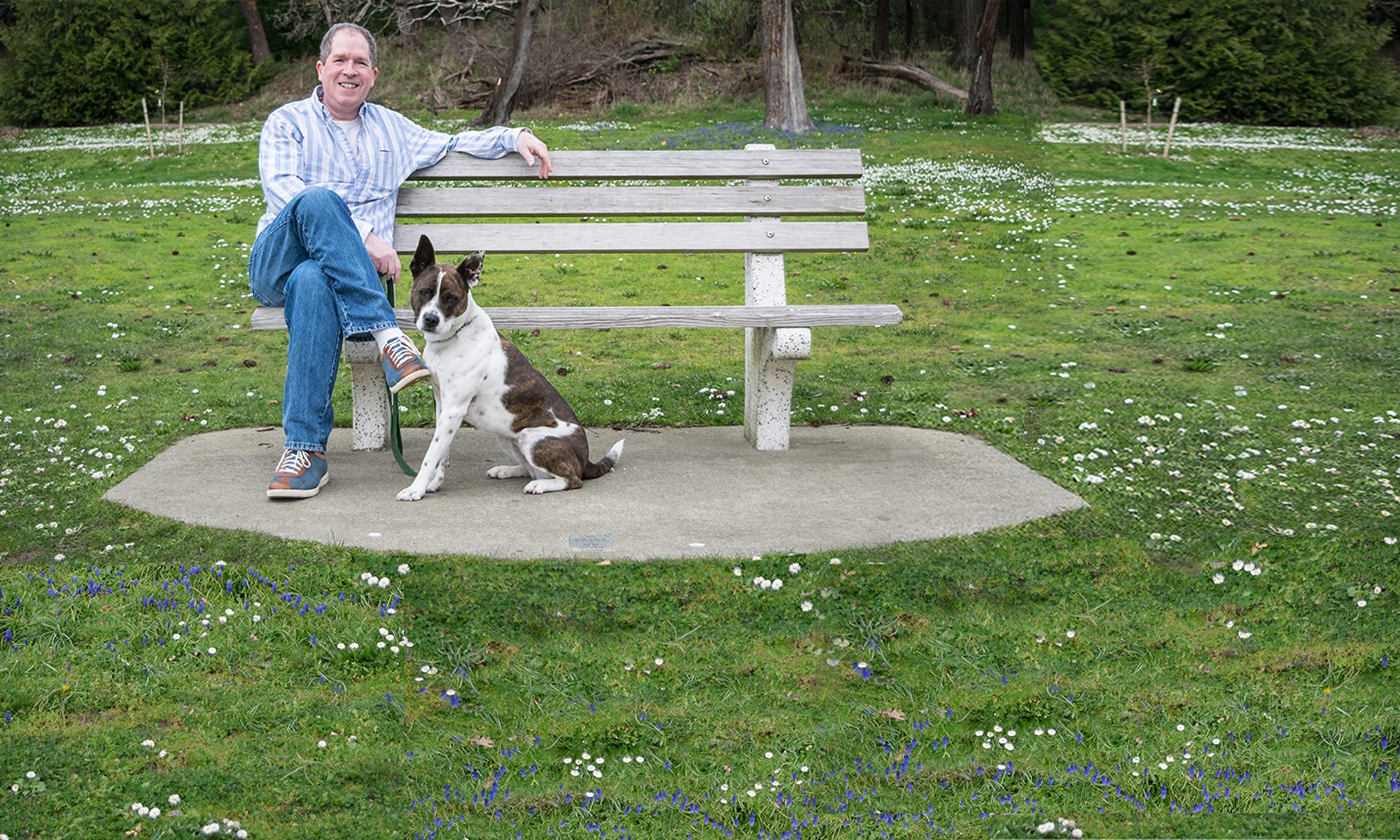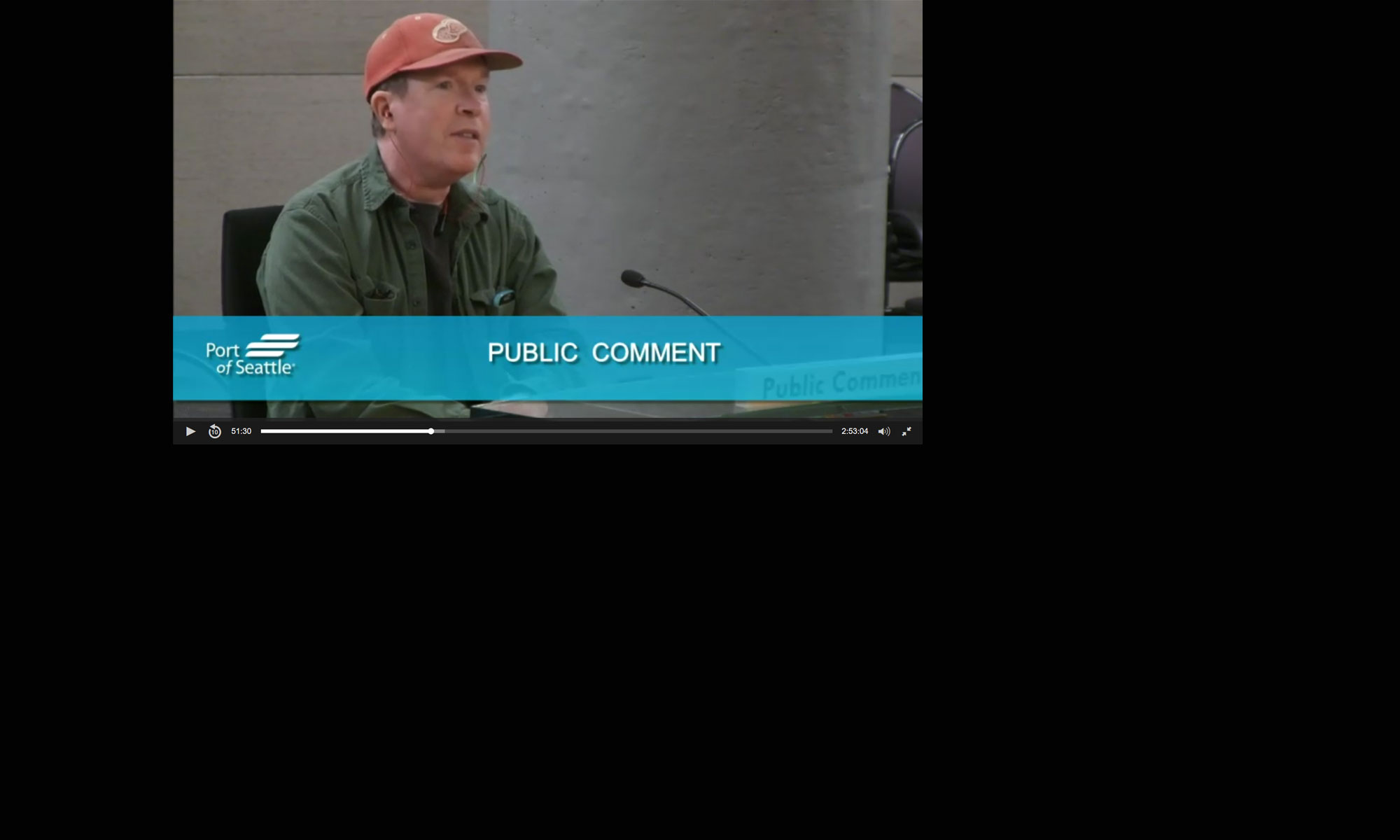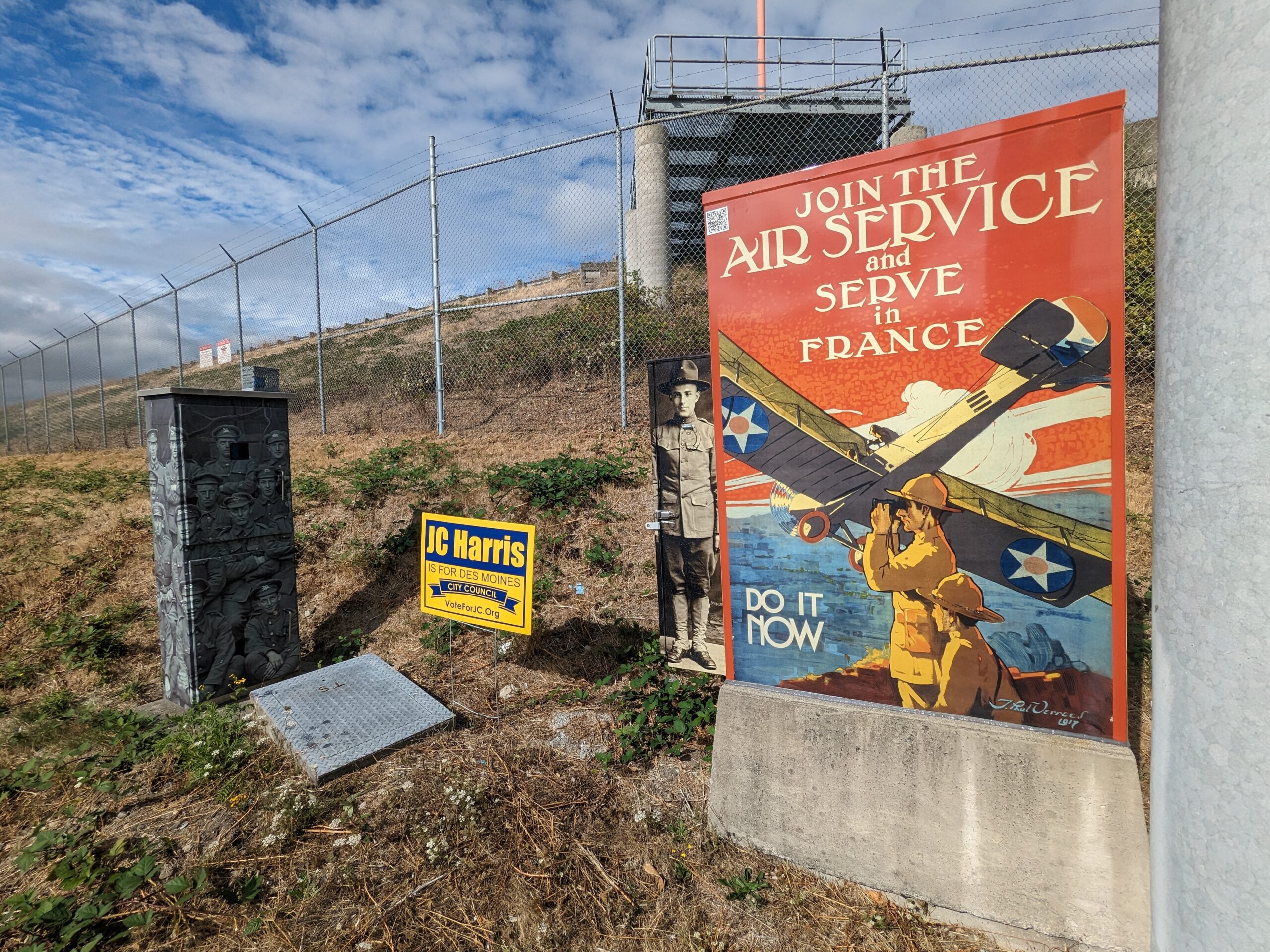 by T.M. Sell
by T.M. Sell
If you build it, they will come – if you build it in the right place.
Sound Transit soon will decide where to site its extension of the light rail from Angle Lake toward Federal Way. The two main options bring the route along Interstate 5 or along Pacific Highway South.
Local cities are lining up in favor of Interstate 5. Des Moines apparently fears the temporary disruption a Pacific Highway route will produce, while Kent sees the economic development potential of having the rail line run within its borders.
It’s a great leap forward to even get to talk about where to put the rail line. Going back to 1968, local voters consistently rejected transit funding measures. In the late 1980s, a Bellevue mayor publicly questioned why we needed a rail line to South King County, opining “Nobody lives there.”
That’s been the flaw in transportation planning in this region since they built Interstate 5, which at its busiest point goes from six lanes down to two. Planners couldn’t foresee anything different than people driving into and out of Seattle – never through. And so we have one of the most dysfunctional stretches of urban freeway outside of Canada (where, at several major cities, the freeways just end).
So we do need a rail line, for all of the reasons we’ve always needed a rail line. Until we decide to fill in either Elliott Bay or Lake Washington, or start bulldozing the Cascades, we don’t have room for more roads. Anything we do to get cars off the roads saves us money both in time, traffic congestion and pollution costs.
From the perspective of Highline College, naturally we want to see a station as close to the college as possible – on the west side of Pacific Highway. Unlike the rest of Des Moines, we don’t have enough parking. The state will not pay for anything that doesn’t include a classroom, let alone a parking garage.
It is the city’s parking problem that makes its decision to favor the I-5 route so curious.
Des Moines’ issue is that there’s no reason to park there. I meet a lot of people who say “I’ve never been there!” and unless you work here, attend Highline, or own a boat, there’s no reason to come here.
The problem isn’t new. For decades, city government purposefully made it difficult to do business in Des Moines.
The City Council tried to make redevelopment of a restaurant contingent on the developer building a parking garage underneath. The city tried to make a building permit for the college contingent on the college building a sidewalk on a street away from the college. Many business owners who wanted to expand or locate in the city concluded that it was just too difficult and chose to go elsewhere.
The end result is that Des Moines has the lowest per capita tax base of any city over 10,000 in the entire state. I’ve lived in Des Moines for nearly 30 years, and I like it. But if I want to shop, I go to Burien.
The City Council has recognized its problem, which became serious when the car tab tax was slashed and the sales tax equalization fund that bailed out bedroom communities such as Des Moines was ended. And that train isn’t coming back.
Which brings us to the light rail. Serious studies show that transit development produces benefits both in terms of retail development and activity, and in higher land values.
However, these benefits will be reduced by putting the route, and especially the stations, farther away from where people actually live.
For example, the Tukwila station hasn’t produced much of anything, being located away from someplace people might actually want to go, such as Southcenter. It’s great to have a station in South King County – we could use a few more – but one located near a major draw would have produced benefits for nearby businesses and hence for the local community.
Even more than where the line runs, it matters where the stations are located. Experience and multiple studies show that if something is not within walking distance, people don’t use it.
At least one local city councilmember is apparently convinced that the Kent-Des Moines Park and Ride fills up every morning with Highline College students, so they won’t be discouraged by a light rail station just as far from Highline and CWU-Des Moines.
This is absurd. The park and ride is small – it fills up with commuters by 7:30 a.m. — and it’s a mile from the college. A walk from there requires crossing two major arterials, Pacific Highway South and Kent-Des Moines Road.
Nonetheless, it’s somewhat understandable why local leaders want to see the rail line essentially run along I-5. Extending the line along Pacific Highway South will cause more short-term disruption. In the case of Des Moines, any disruption of business threatens the city’s finances.
But while the city has recognized that it needed a different approach to economic development, pushing the rail line east to the freeway only makes sense in the short term. If there is any business development along I-5, it will be in Kent.
Sound Transit predicts a healthy amount of ancillary development around its Angle Lake station, which is just off Pacific Highway, and not without reason. The line will run from Seattle-Tacoma International Airport to the Angle Lake Station at South 200th Street, and so far the project hasn’t torn a hole in the heart of SeaTac.
Des Moines should favor the Pacific Highway/SR99 route, because in the long term, it will mean a more vibrant community.
Not everyone is going to agree with this (and that’s OK). The SR99 route costs half a billion more dollars than the I-5 route, and it displaces more businesses.
But it also generates three times as much commercial development potential, and is expected to attract 3,000 more riders a day. That’s a lot of cars off the road. The I-5 route also displaces five times as many homes as does the SR99 route.
So while in the short term it will cause some disruptions, in the long term it will mean more commercial development and more retail sales tax revenue for the city.
Obviously, this really matters to the college. The fact that it does should matter to everyone else.
Because of lower rents, South King County has attracted a large number of immigrants and lower income people. Their best hope of gaining the skills necessary to get better employment is education and training.
Highline College is the leading institution for providing that training. One-quarter of our 10-15,000-strong student body are ABE/ESL (Adult Basic Education/English as a Second Language) students. The college has made great progress in convincing these students to stay longer than it takes to learn basic English, to stay long enough to get added job skills and a better-paying career.
To the extent that students can get to campus, more of them will come. And the more students we have, the less likely the college is in jeopardy of losing state funding.
Moreover, putting a station a mile east of the college increases the likelihood that Metro will move more bus routes there and away from Highline, further reducing students’ access to higher education.
Before you respond that you don’t have any kids in or about to be in college, try to look at it all with a slightly longer view: The students at Highline, today and in the future, are your employees, customers, clients and, for some of us, our caretakers of tomorrow.
As Highline economics professor Dr. James Peyton has adroitly said, we should be investing for our grandchildren, not for ourselves.
T.M. Sell, Ph.D. is professor of political economy at Highline College, and the author of Wings of Power: Boeing and the Politics of Growth in the Northwest, and An Introduction to Politics.





